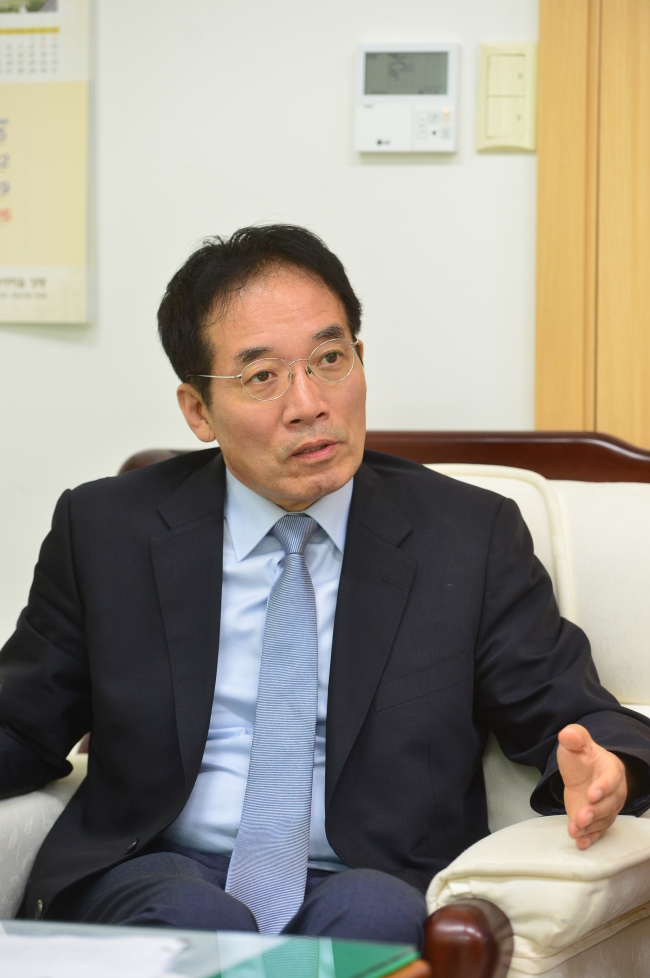Gyeongju in North Gyeongsang Province is a city where one can learn about the country’s ancient history and cultural heritage.
The ancient capital of Silla Dynasty (57 B.C. – A.D. 935), one of Korea’s ancient Three Kingdoms, was the eastern end of the Silk Road that connected all the way to Europe via China both economically and culturally.
To revitalize the spirit of this trade route and promote the Eurasian culture, the Gyeongju World Culture Expo has kicked off for a 59-day run with a variety of programs and exhibitions featuring Silla artifacts and arts under the Silk Road Cultural Festival 2015.
The ancient capital of Silla Dynasty (57 B.C. – A.D. 935), one of Korea’s ancient Three Kingdoms, was the eastern end of the Silk Road that connected all the way to Europe via China both economically and culturally.
To revitalize the spirit of this trade route and promote the Eurasian culture, the Gyeongju World Culture Expo has kicked off for a 59-day run with a variety of programs and exhibitions featuring Silla artifacts and arts under the Silk Road Cultural Festival 2015.

Lee Dong-woo, secretary-general of the Gyeongju World Culture Expo, encouraged the young generation to visit the expo to learn about Silla’s history and culture, which can spur their creativity.
“Gyeongju is a place where the young can easily feel and learn about our history, and it is important that they experience this part of our culture when young,” Lee said in a recent interview.
“Should they lose their creative edge in humanities, they will lose competitiveness as well.”
The secretary-general of the expo, therefore, urged parents, children and teachers to organize field trips to Gyeongju, the ancient city of Silla rich with historical artifacts and arts, and experience its multiculturalism.
“This is where they can spur their creativity,” he reiterated.
“We hope that not only school principals but also teachers show interest in this city.”
The province organized and launched the Gyeongju World Culture Expo in 1996 in an effort to promote the city and its traditional Korean culture.
Launched on Aug. 21 this year, the expo aims not only to promote the importance of the Silk Road that can boost trade between the East and the West, but also the importance of boosting intercultural exchanges along the trade route.
Silla was able to introduce its culture in Turkey, located some 12,000 kilometers from Gyeongju because of this road linking with Europe, the expo’s organizing committee noted.
“In the 21 century, the Silk Road has moved away from being only a center of trade to being a center of intercultural exchange leading to new opportunities for Korea,” the expo said.
Lee said visitors will be able to enjoy a variety of culture programs including Silk Road Grand Bazaar, 3-D virtual reality tour of Seokguram using head-mounted devices and Silk Road Parade.
“We hope visitors can make the Gyeongju World Culture Expo 2015 a national festival,” Lee added.
(hkp@heraldcorp.com)
(kbj7653@heraldcorp.com)







![[From the Scene] Monks, Buddhists hail return of remains of Buddhas](http://res.heraldm.com/phpwas/restmb_idxmake.php?idx=644&simg=/content/image/2024/04/19/20240419050617_0.jpg&u=20240419175937)







![[From the Scene] Monks, Buddhists hail return of remains of Buddhas](http://res.heraldm.com/phpwas/restmb_idxmake.php?idx=652&simg=/content/image/2024/04/19/20240419050617_0.jpg&u=20240419175937)

![[KH Explains] Hyundai's full hybrid edge to pay off amid slow transition to pure EVs](http://res.heraldm.com/phpwas/restmb_idxmake.php?idx=652&simg=/content/image/2024/04/18/20240418050645_0.jpg&u=20240419100350)

![[Today’s K-pop] Illit drops debut single remix](http://res.heraldm.com/phpwas/restmb_idxmake.php?idx=642&simg=/content/image/2024/04/19/20240419050612_0.jpg&u=)